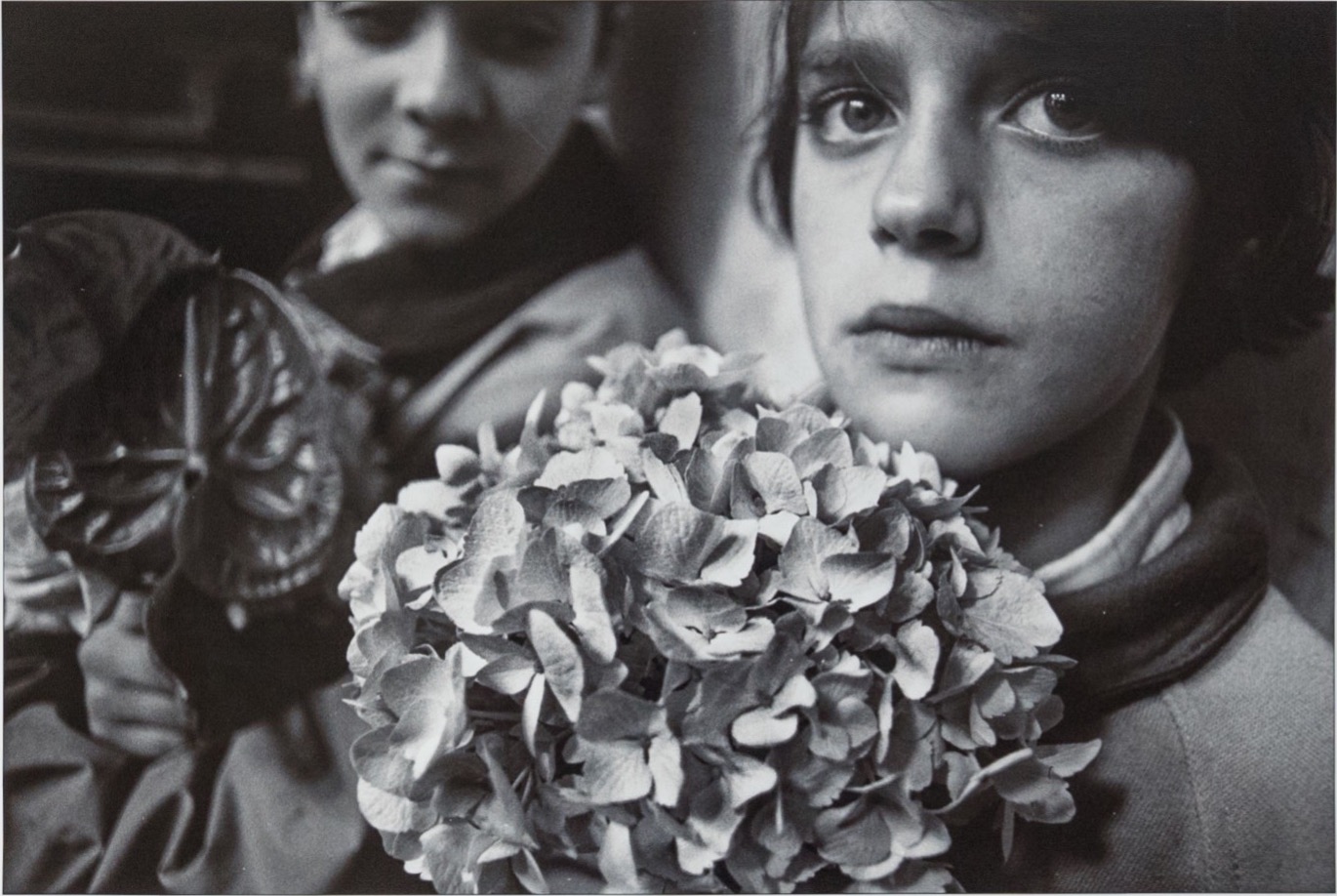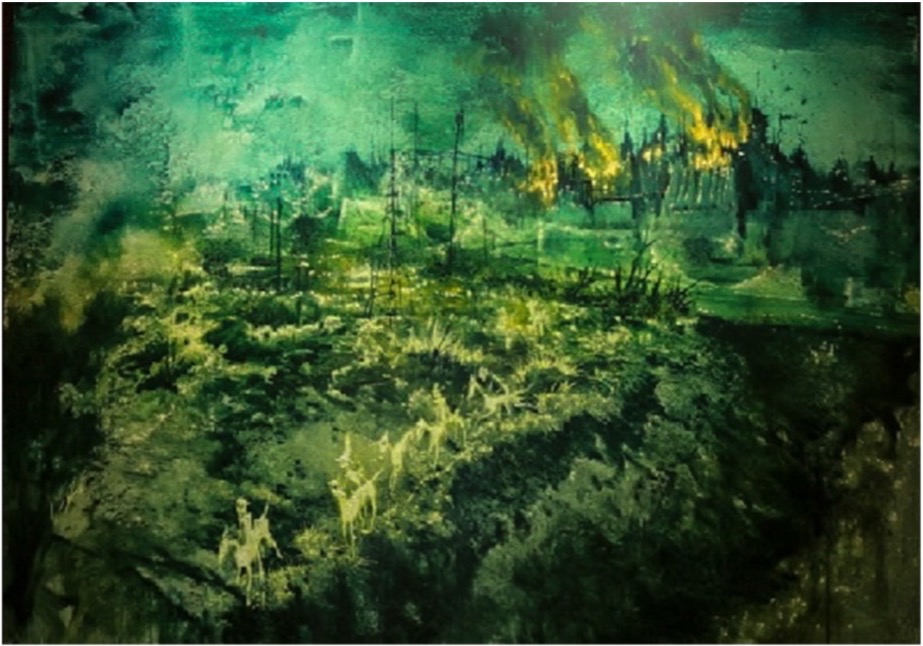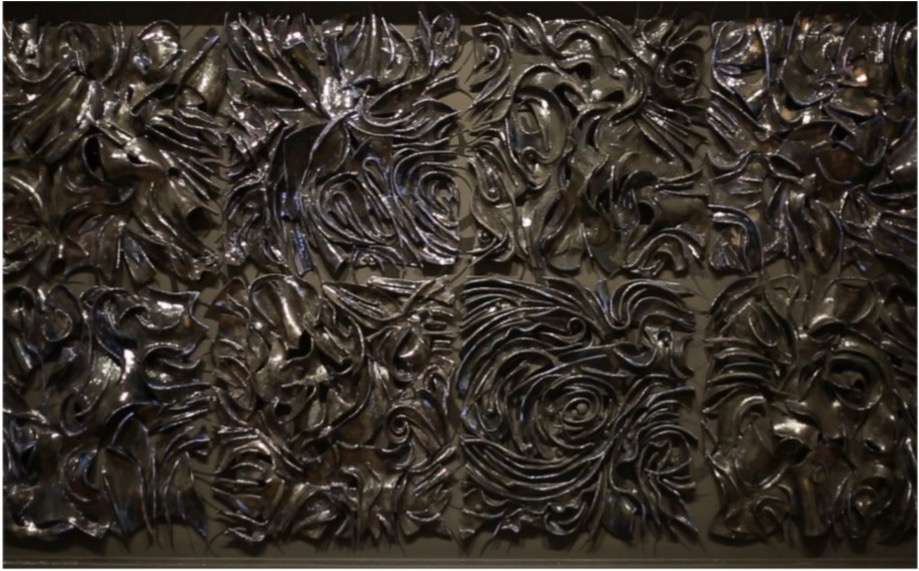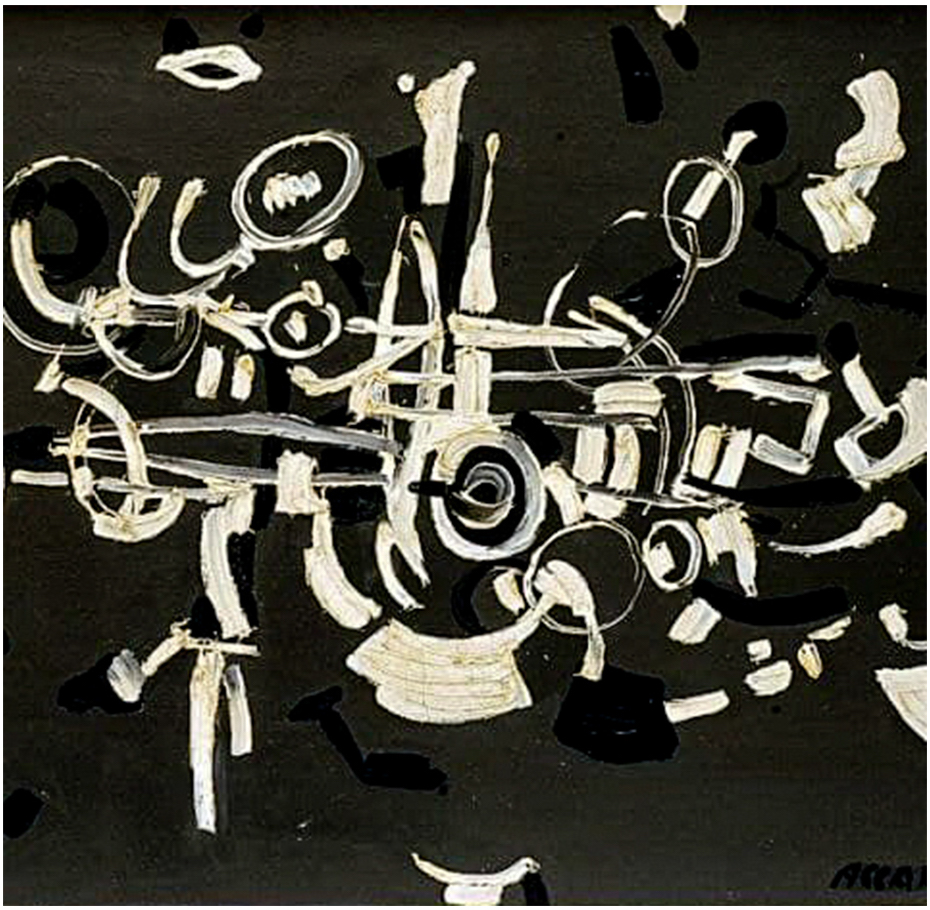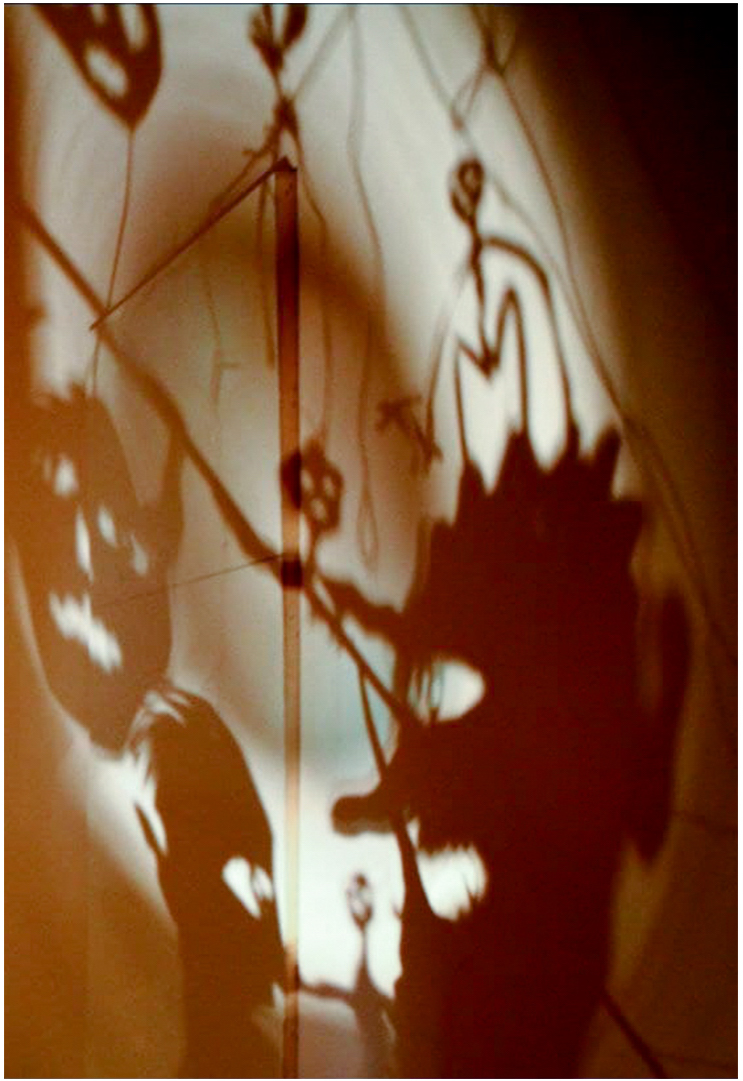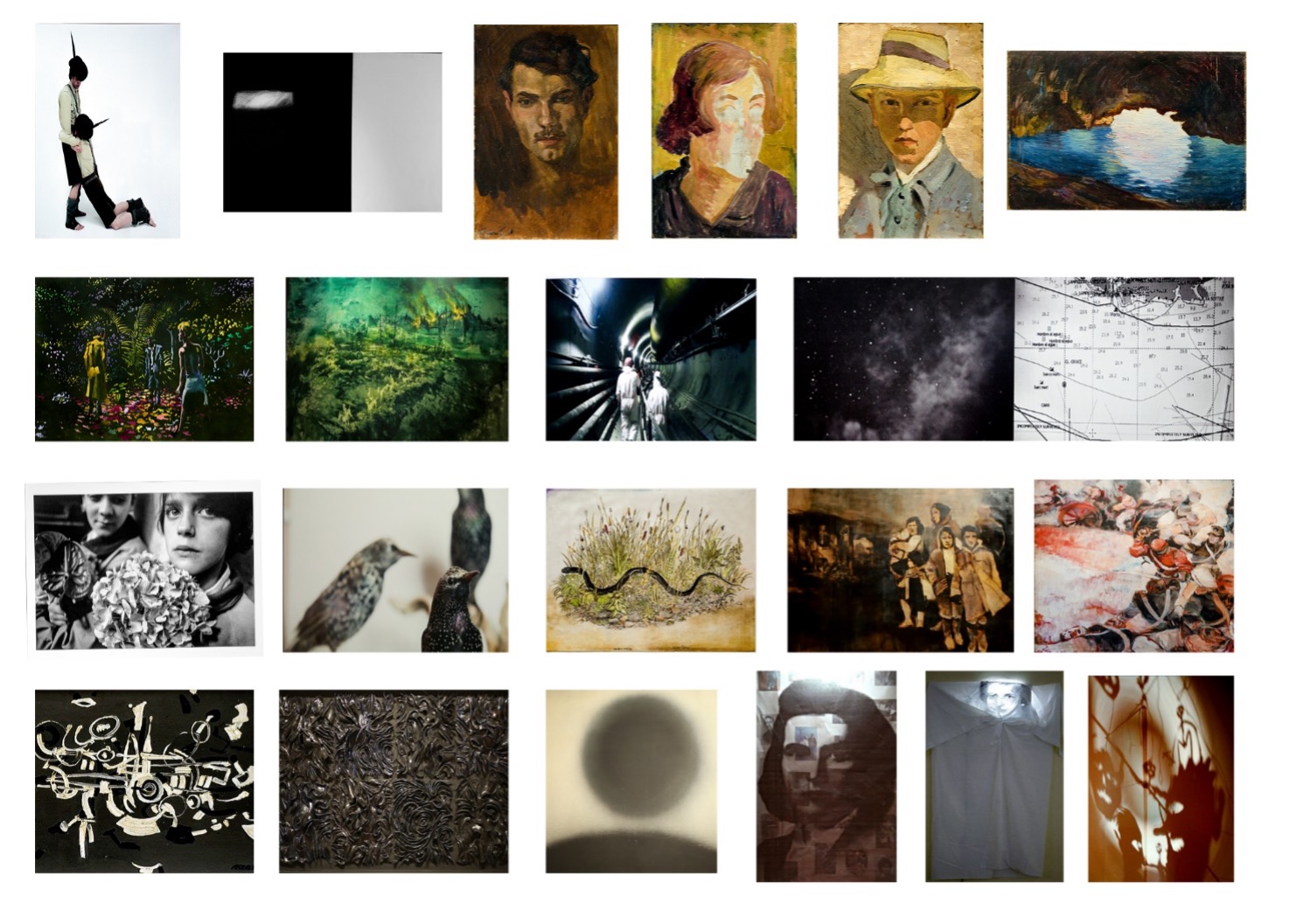Palermo, 7 March 2020, ready to start with an experimental project “Pharmakon, the art that cures” in collaboration with the Civic Museum of Castelbuono, the Italian Association of Fibromyalgia Syndrome, the Buccheri La Ferla hospital, and many supports and patronages, including the Istud foundation, and Simen (Italian society of narrative medicine).
It was a project created in collaboration with Dr Monica Sapio, an anaesthetist and pain therapist at the Buccheri La Ferla hospital in Palermo, with a master’s degree in narrative medicine, who has been dealing with fibromyalgia for years, using avant-garde methods including a narrative approach and close to Pnei.
Participating in the AISF conferences, I had perceived a difficulty for doctors to approach the pathology according to a traditional, disciplinary and reductionist approach.
The fibromyalgia syndrome has a multisystemic symptomatology, an unknown etiopathogenesis, and requires a multimodal therapy, which involves an interaction between different systems that can hardly be evaluated in a traditional framework,
With Dr. Sapio, thanks to my studies on art and complex systems, we developed a transdisciplinary methodology (TrDip) implemented with the help of narrative medicine and the construction of a metaphor that could help the synthesis of the different disciplines in a unitary, complex vision, centred on the patient’s history, which could then be used by all doctors. The next step was the construction of a pathway that could use the mediation of art, in the belief that art, as a symbolic language by its intrinsic transdisciplinary nature, can help to integrate the different complex systems that come into play in the fibromyalgia syndrome, connecting them into a single unitary vision, which can simplify and improve the diagnostic approach, the therapeutic relationship, and therefore the treatment.
Inspired by the work of Stephen Legari, art therapist at the Museum of Fine Arts in Montreal, with whom we shared our experience, we developed a project of museum visits, with groups of doctors and patients, followed by a confrontation with narrative medicine. With the aim of:
- Provide patients with tools for self-awareness
- Provide the doctor with a tool to support the diagnostic process
- Favour an improvement of the doctor-patient relationship
- Support the development of an integrated therapy
- Verify the usefulness of the method for a transdisciplinary approach to treatment
- To bring about a change in the pathological picture through a transformative artistic experience
It was a short experience, in which groups of patients and different doctors would alternate, for one day only. But I liked to think of it as a small (potentially) generative seed. But then, the day before the first visit to the museum, the decree imposed distancing measures, which made work impossible.
After the first months of discouragement, waiting and worrying about how the situation would evolve, the idea of the patients being abandoned at home, given that all the outpatient clinics to which fibromyalgia patients were normally referred were suspended in order to make room for emergencies, led us to reformulate the whole thing, for remote online use. It was not easy to reconstruct the criteria and invent a method that could overcome the distance and coldness of a digital meeting, in order to create the closeness, the emotional sharing necessary for a work of this kind.
The solution came from the idea of creating an audiovisual product, centred not only on the museum work, but which would use the work by inserting it in a highly engaging sound and film environment, which could create an experience of the sublime, which, according to the studies of Semir Zeiki (founder of neuro-aesthetics), activates deeper cortical areas with respect to beauty. According to Zeiki, the sublime determines an experience with cognitive as well as emotional content. This is why we thought that the experience of the sublime could become, even at a distance, a transformative artistic experience.
We thus reformulated the project: starting from the construction after the vision of the audio-video product and a “guided narration” by the patients, a confrontation with the doctors would take place, starting from the story of each patient, on which everyone would be confronted, guided by me as an artist, by Dr. Sapio as a doctor expert in narrative medicine, by Dr. G. Cassarà as a PNEI doctor/psychotherapist, who would actively participate in the confrontation.
The work has also become a prospective observational study, which in the end will have involved a total of one hundred and thirty-five patients, and about 70 doctors (participants only in art that cures) where three transformative workshops through art have been included, as three research arms: “art that cures”, “humour therapy” with Dr. Yoga Patti, and “recalibrate”, a workshop of poetic writing and transformative narrative, with the masters L.Cupane and G.D’Amato. Two research arms have already been completed and the final data will be analysed and published shortly.
This on-line workshop mode has given us the opportunity to involve and create relationships with patients and doctors from all over Italy.
During “art that cures” we used completely new tools such as “poetic bionarration”, which was proposed as a new instrument that would allow patients to have a shared vision of their illness story, synthetic and oriented towards change, and doctors a shared instrument to elaborate the therapeutic proposal.
The most exciting feedback was to see how, despite the distance and the meeting between unknown people, the enjoyment by all of the artistic experience of the sublime, so structured, managed to create a climate of strong openness and sharing of deep emotions, among all patients and with doctors.
This allowed many patients to make small changes in a very short time. We pointed out that it was more difficult for the doctors to open up to such a different methodology, although many of them accepted the challenge and decided to get involved and used the new tool of “poetic bionarration”, letting themselves be guided by the patients, whom they met later in their offices.
It was a marvellous occasion, which allowed us to create bonds between patients from different cities, between doctors and patients, (bonds which are continuing even after the experience) even in such a difficult and isolated period as last year.
In September we will resume the meetings, and we will begin to evaluate the data, but the perception we have had, and the feedback that people have sent us, has been exciting, so much so that we are thinking of developing this method of telematic approach, which allows us to overcome distances, integrating it with local activities in presence.
The scientific results of the study will soon be available.

